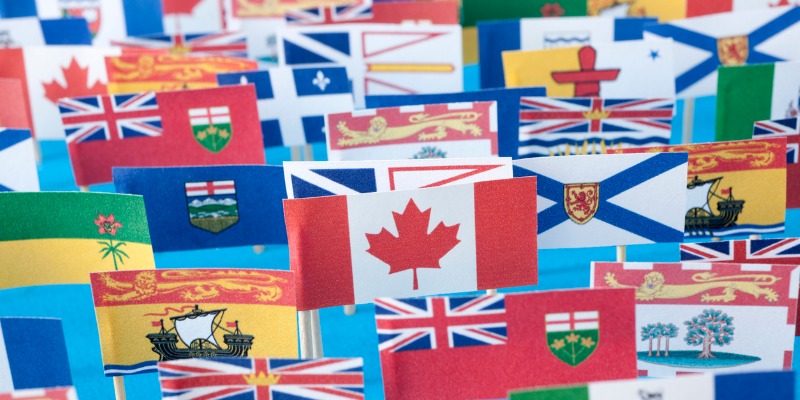Equalization is broken and needs fixing now

While the full extent of the damage is not yet known, the economic consequences of the COVID recession have been severe. Millions are now unemployed and countless businesses have been shuttered, some forever. Governments across the country will face many challenges during the recovery, including the harsh reality that Canada’s equalization and fiscal stabilization programs are not well-designed to respond to a rapidly changing economic landscape. Absent reform, the unfair results could exacerbate regional tensions.
The purpose of equalization is to ensure Canadians across the country have access to “reasonably comparable levels of public services at reasonably comparable levels of taxation,” according to section 36 of the Constitution. Provinces that can raise more revenue (due in part to their residents’ higher incomes) do not receive equalization payments. Provinces that generate relatively low levels of revenue receive equalization grants directly from the federal government. This relative ability to generate tax revenue is called provincial “fiscal capacity.”
In recent years, as noted in a new Fraser Institute study, the fiscal capacity gap between richer “have” provinces and poorer “have-not” provinces has shrunk considerably, from 27 per cent in 2014-15 to just six per cent in 2018-19—due largely to a punishing recession in Alberta in the mid-2010s.
This brings us to the first problem. According to the basic logic of the equalization program, if the gap between richer and poorer provinces shrinks, equalization payments should fall as well. This is how the program has worked at some points in history.
But this time, payments haven’t fallen. Instead, they’ve continued to grow every year due to a rule change (meant to control equalization costs) introduced in 2009, which tied the growth of the overall equalization envelope to national economic growth. But the rule has had the opposite effect. As the gap between richer and poorer provinces has shrank, the automatic escalator, rather than control costs, has caused equalization payments to grow larger than they would in the absence of the rule.
In short, a rule designed to constrain costs now acts as a cost driver.
This program quirk will likely become more of a problem in the years ahead. RBC Economics projects that Alberta, a perennial “have” province, will experience the steepest economic decline of any large province this year. But again, no matter the state of Alberta’s economy—or any other province’s, for that matter—equalization payments to “have-not” provinces will keep rising.
Another serious problem is the equalization program’s lesser-known cousin, the federal stabilization program, which provides federal money to provinces that experience sudden downturns in revenue.
Stabilization, based in the economic theories of insurance and risk-pooling, kicks in when any province experiences harsh revenue decline. The economic pain is spread among provinces (and to some extent, taxpayers across the country) to reduce the pain in the struggling province. Unfortunately, through sheer neglect, the program has withered to the point of uselessness.
For starters, the stabilization program features an arbitrary $60 per-person cap on stabilization payments to any province. Moreover, the cap (established in the 1980s) is not indexed to inflation and so its real value declines annually. As a result, the program does not provide any meaningful assistance when a province suffers difficult times.
For instance, in 2015-16 following its brutal recession, Alberta received almost nothing from the program—stabilization payments offset just 3.5 per cent of the province’s revenue loss. Prior to the creation of the cap, if a province’s tax-adjusted revenues fell by more than 5 per cent in a given year, Ottawa would cover any additional losses. Under those rules and without a per-person cap, stabilization would have covered 22.1 per cent of Alberta’s revenue decline.
Clearly, there’s a case to be made for scrapping the stabilization program altogether and instead encouraging provinces to save when times are good so they can better manage when times are bad. There are also valid arguments for maintaining a stabilization program—if it’s actually designed to stabilize revenues after downturns. But there’s no principled argument for the status quo. It’s a cruel joke to hard-hit provinces, to become eligible for a stabilization program that’s essentially useless.
Now, with many provinces on the verge of significant revenue drops, is a good time for policymakers in Ottawa to go back to the drawing board and reform these programs, which simply aren’t designed to perform well during this period of rapid economic change.
Authors:
Subscribe to the Fraser Institute
Get the latest news from the Fraser Institute on the latest research studies, news and events.



